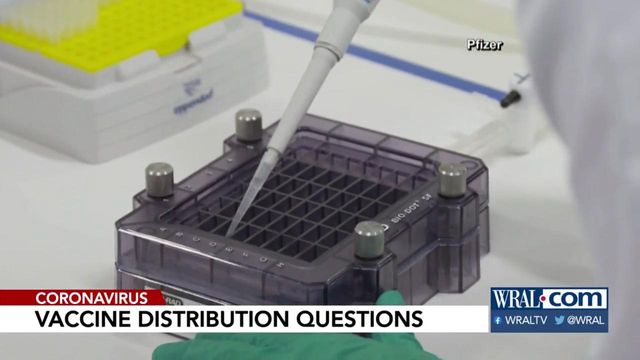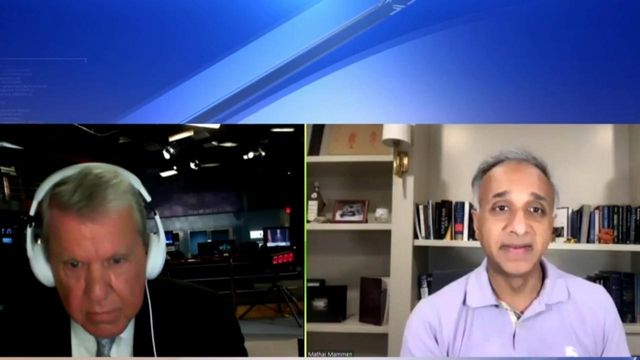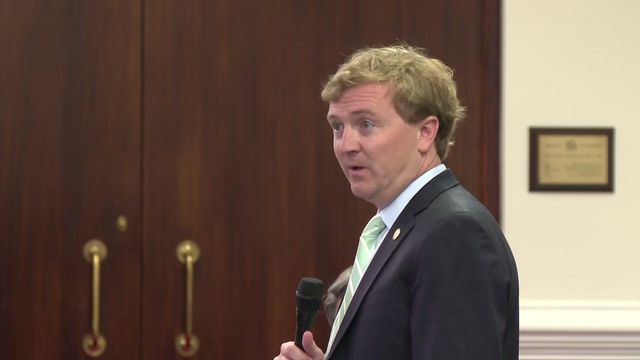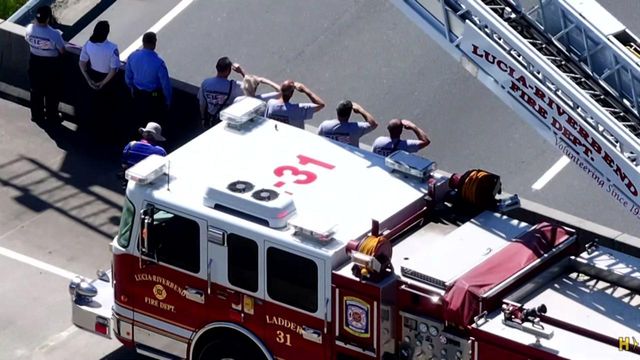Panel recommends coronavirus vaccine be distributed in 4 phases
The National Academies of Sciences, Engineering and Medicine has released its final recommendations on how a future COVID vaccine should be distributed.
Phase 1A covers about 5% of the population, including front-line health workers and first responders.
Phase 1B expands the vaccine to people with underlying, serious medical conditions like cancer and heart disease and to older adults living in group settings.
In Phase 2, teachers, anyone at moderate medical risk and all other people over the age of 65 would get the vaccine.
Phase 3 expands access to young adults, children and people working in high-exposure industries like hotels, banks and factories.
The final phase of the rollout would include anyone who had not yet had a chance to get vaccinated.
The committee also recommends that special efforts are made to distribute the vaccine to people in more vulnerable areas, like communities with a higher proportion of racial minorities.
Before any vaccine is ready for widespread distribution, the group said, an effort must be made to encourage people to take it.
“Ultimately, in these uncertain and challenging times, the integrity of the COVID-19 vaccine development, allocation, and distribution processes will be critical to ensuring widespread access to vaccines that are safe and effective, and convincingly so for the public,” said National Academy of Medicine President Victor J. Dzau. “I hope the recommendations set forth in our report contribute to society’s ability to respond to and recover from the COVID-19 pandemic here in the United States and globally.”











